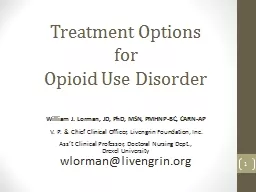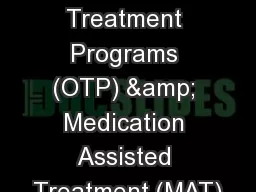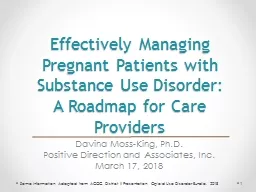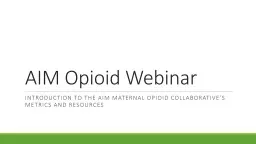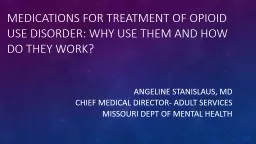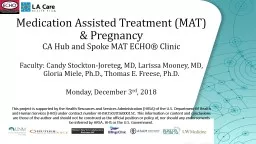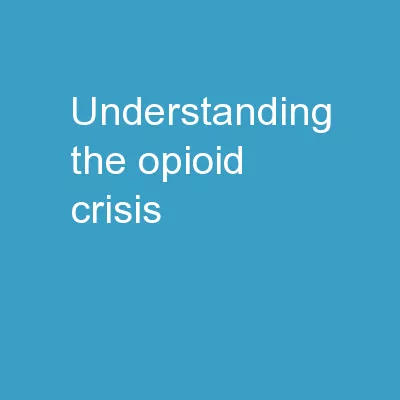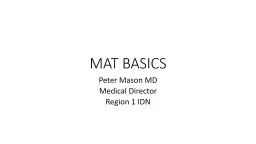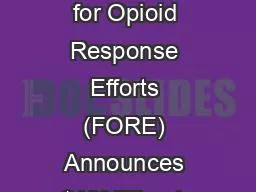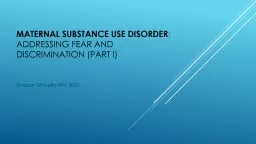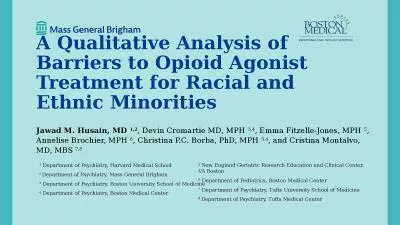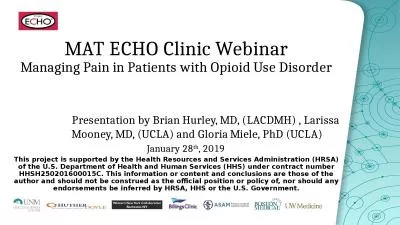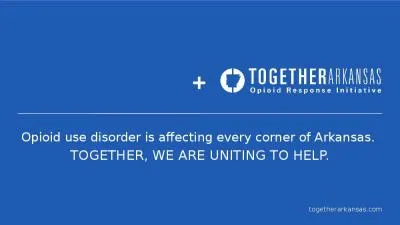PPT-Treatment Options for Opioid Use Disorder
Author : caitlin | Published Date : 2022-06-15
William J Lorman JD PhD MSN PMHNPBC CARNAP V P amp Chief Clinical Officer Livengrin Foundation Inc Asst Clinical Professor Doctoral Nursing Dept Drexel University
Presentation Embed Code
Download Presentation
Download Presentation The PPT/PDF document "Treatment Options for Opioid Use Disorde..." is the property of its rightful owner. Permission is granted to download and print the materials on this website for personal, non-commercial use only, and to display it on your personal computer provided you do not modify the materials and that you retain all copyright notices contained in the materials. By downloading content from our website, you accept the terms of this agreement.
Treatment Options for Opioid Use Disorder: Transcript
Download Rules Of Document
"Treatment Options for Opioid Use Disorder"The content belongs to its owner. You may download and print it for personal use, without modification, and keep all copyright notices. By downloading, you agree to these terms.
Related Documents

